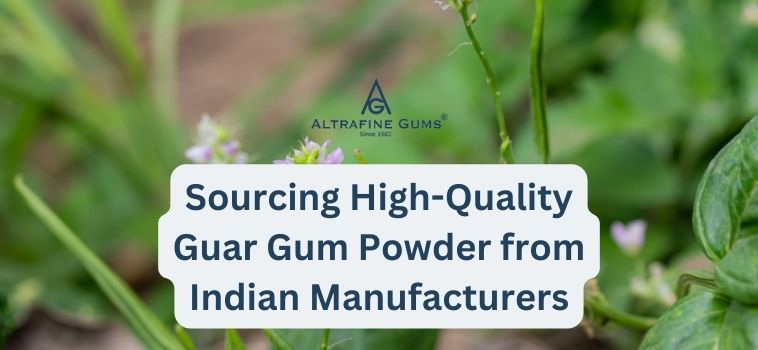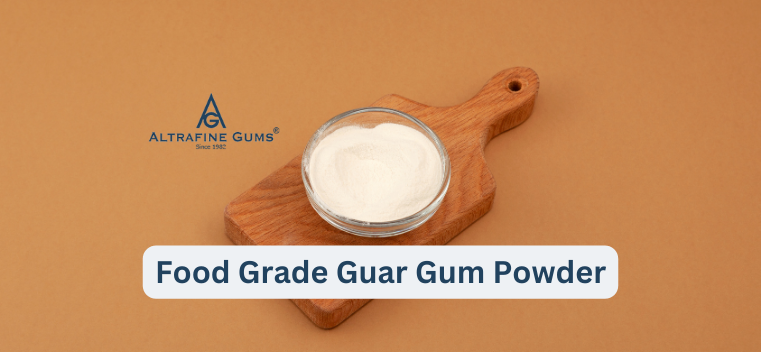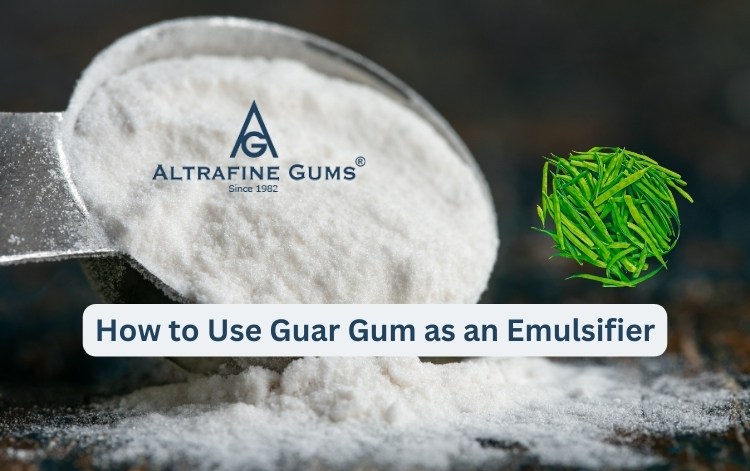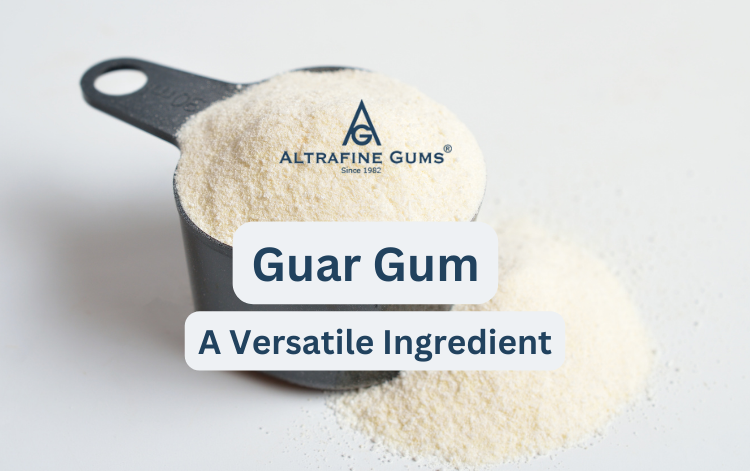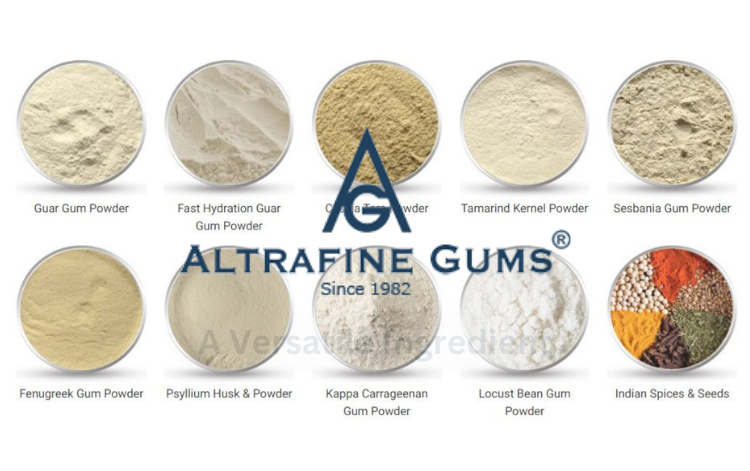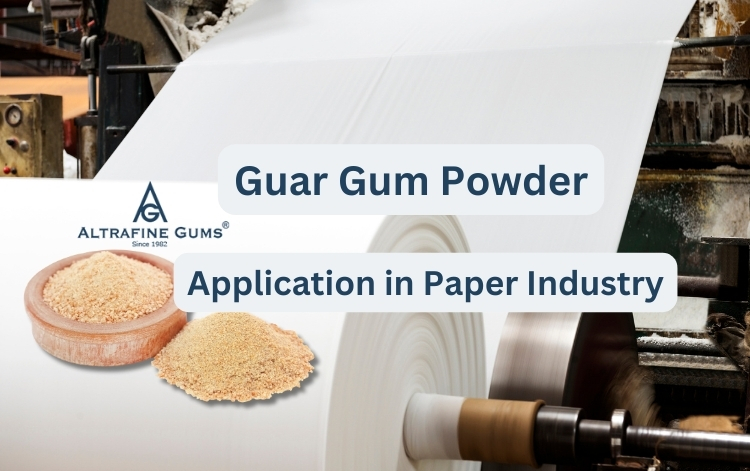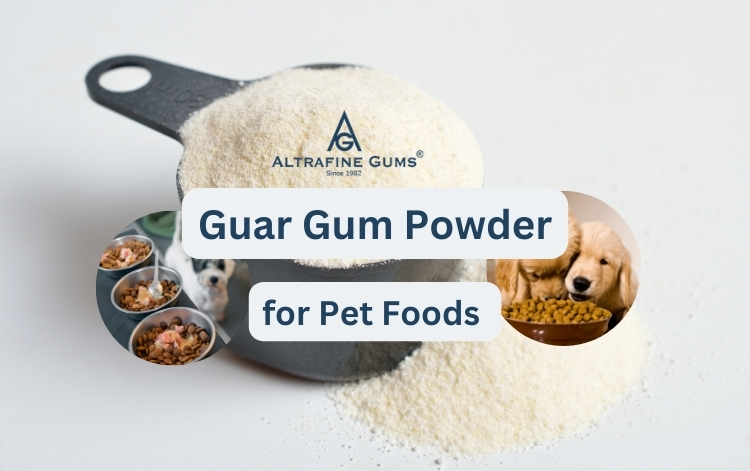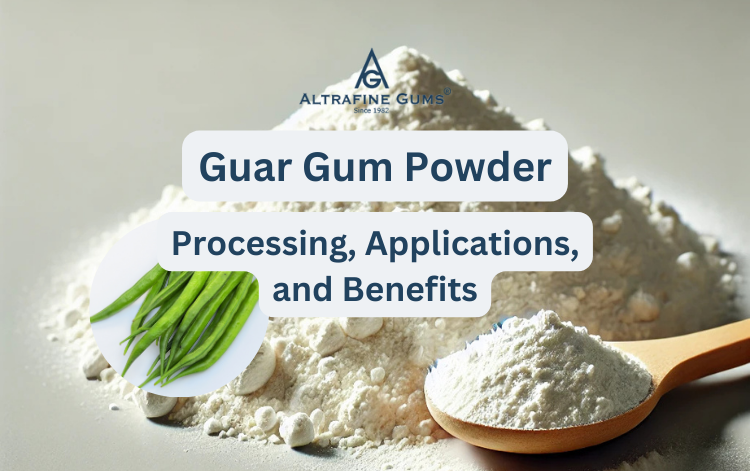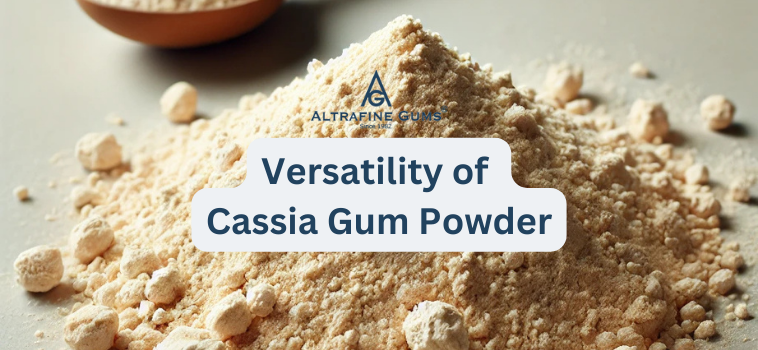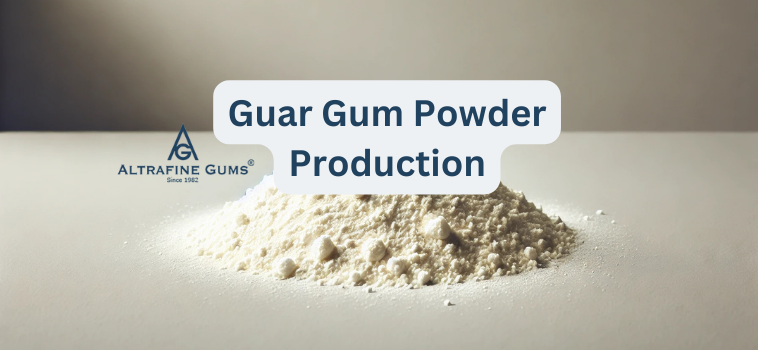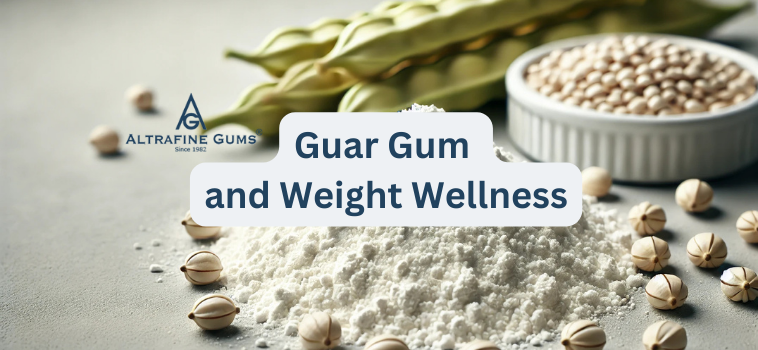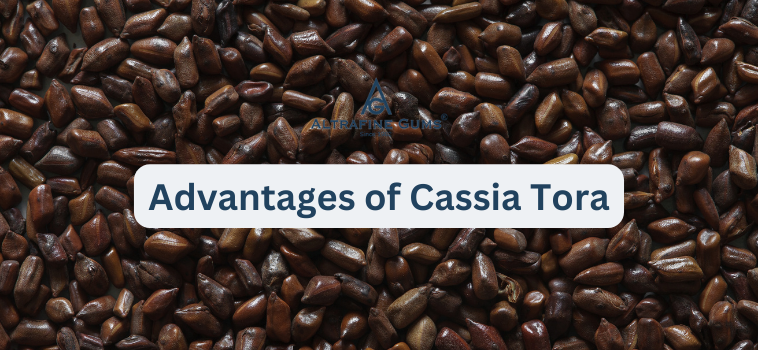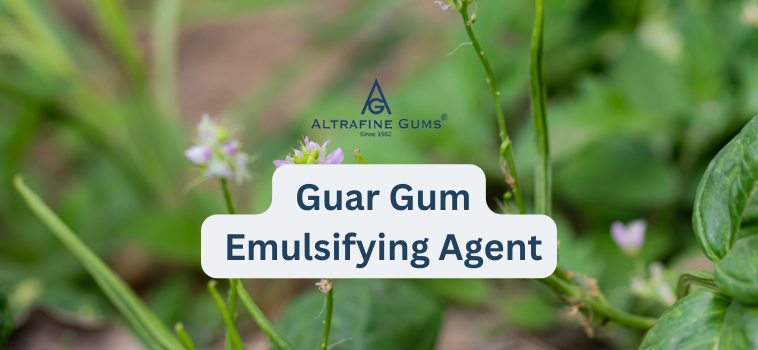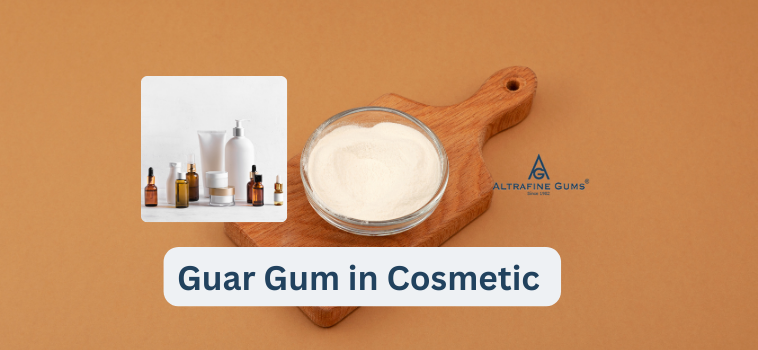Blog
India is the leading producer of guar gum powder, a versatile ingredient used in various industries, including food, cosmetics, pharmaceuticals, and textiles...
In recent years, there has been a growing interest in natural and sustainable ingredients within the cosmetics industry. As consumers become more aware of the...
Introduction Guar gum, derived from the seeds of the guar plant, is a natural polysaccharide that has gained significant popularity across various industries...
Introduction Fast Hydration Guar Gum Powder is a crucial component in the oil and gas industry, renowned for its ability to enhance the efficiency of …...
Guar gum, derived from the endosperm of guar beans, is a natural polysaccharide with exceptional emulsifying, thickening, and stabilizing properties. Its...
Guar gum, also known as Guaro Derva, is a popular natural gelling agent used across various industries. Its applications range from bakery products, dressings...
Altrafine Gums stands at the forefront of the hydrocolloids and natural gums industry, offering a wide range of products, including food-grade thickeners...
Introduction Guar Gum Powder, derived from the guar bean, is a versatile natural hydrocolloid extensively used in the food industry. Available in various mesh...
Guar gum, derived from guar seeds, is a versatile natural gum with a wide range of industrial applications. While it finds utility across various sectors...
Guar gum powder is not only beneficial for human consumption but also holds great potential in improving the quality and nutritional value of pet food. …...
Refined cassia gum powder, derived from the seeds of Cassia tora or Cassia obtusifolia, has garnered attention in various industries for its multifunctional...
FAQs About Guar Gum Powder...
In the dynamic world of food and beverage innovation, the quest for natural, efficient, and sustainable ingredients is paramount. One such ingredient that has...
Guar gum, a versatile ingredient derived from guar beans, has gained immense popularity for its unique properties. As demand for guar gum powder continues to...
Guar gum, a natural thickening agent derived from guar beans, has garnered attention not only for its applications in various industries but also for its...
Cassia Tora, an incredibly versatile herb deeply entrenched in history, has been attracting considerable attention due to its multifaceted advantages. From...
In the vast landscape of industrial processes, the significance of emulsifying agents cannot be overstated. Emulsifiers play a crucial role in enhancing...
Crafting cosmetics is a sophisticated endeavor, where each ingredient contributes significantly to achieving the desired product characteristics. In recent...

